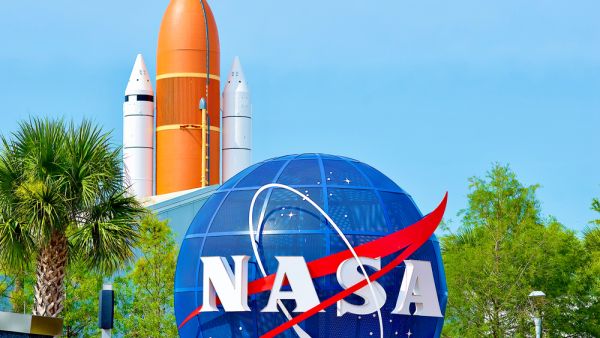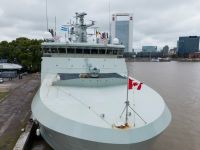ALBAWABA - The NASA NEOWISE project came to an end after more than ten years of helping astronomers keep an eye on near-Earth objects that might collide with our planet. The mission was done when the spacecraft reentered the atmosphere and was destroyed.
On clear nights, our sky is filled with bright objects like stars, galaxies, and small asteroids known as near-Earth objects. These can vary greatly in size, from several kilometers wide to just a few meters.
Sometimes, these near-Earth objects travel toward Earth at speeds of around 10 miles per second, which is about 15 times faster than a bullet. A hit at that speed can cause a lot of damage to anything on the surface.
While large impacts are uncommon during a person’s lifetime, they do happen over millions of years. A famous example is the asteroid that killed the dinosaurs and formed the Chicxulub crater around 65 million years ago.
Smaller impacts happen more frequently since there are many more small near-Earth objects. An international effort called planetary defense works to track and catalog these objects to keep people safe from potential collisions.
NASA launched the NEOWISE mission back in December 2013 to identify and study near-Earth objects like asteroids and comets using a space telescope from the Wide-field Infrared Survey Explorer (WISE). Over the years, NEOWISE helped scientists gain better insights into these space rocks.
NEOWISE changed how we find near-Earth objects. It continued using the spacecraft from the earlier WISE mission, which ran from 2009 to 2011. The spacecraft orbited Earth and surveyed the sky, spotting both near-Earth objects and far away galaxies by detecting their mid-infrared light—a type of light invisible to our eyes.
When objects like asteroids get heated by the Sun, they release thermal energy, which NEOWISE detects. The spacecraft was designed to keep cool using solid hydrogen to eliminate any heat that could interfere with its instruments. This special cooling allowed it to operate at around -447°F during its first mission phase before entering hibernation in 2011.
When NASA reactivated NEOWISE for its new mission, cooling wasn't needed, as near-Earth objects are much closer. Although it lost some capability without cooling, NEOWISE continued to monitor near-Earth objects.
As of February, NEOWISE had took over 1.5 million infrared measurements of around 44,000 solar system objects, making about 1,600 discoveries of near-Earth objects and providing size estimates for more than 1,800 of them. Despite these achievements, the mission ended in August, leading to the spacecraft burning up in Earth's atmosphere on November 1.
NEOWISE has taught scientists a lot about asteroids near our planet, but many still believe there are more out there, especially smaller ones. To continue this work, NASA plans to launch a new mission called NEO Surveyor in 2027.







